Ramen is one of the world's most famous Japanese noodle soups.
In Japan, it is cooked almost everywhere.
Ramen soup is very filling and the interesting thing is that there are many different variations.
Each region in the country has its own varieties and additions that distinguish regional Japanese cuisine. There are probably as many chefs as there are options in Japan.
Although there are thousands of variations of the soup, Ramen always consists of four elements: broth, salty sauce, hard ramen noodles and tasty additions such as chunks of meat, boiled eggs, seafood, etc.
According to the classification of broths, there are four categories of Ramen:
1. Shio Ramen - chicken broth seasoned alone with salt;
2. Shoyu Ramen - chicken broth with the addition of soy sauce;
3. Miso Ramen - chicken, beef or pork broth, with the addition of Miso - a brown sauce made from fermented soybean paste;
4. Tonkotsu Ramen - thick and greasy broth, slow-cooked from pork bones, fat and cartilage.
Shoyu Ramen is the most popular type and originates from Tokyo, while Miso Ramen is less common.
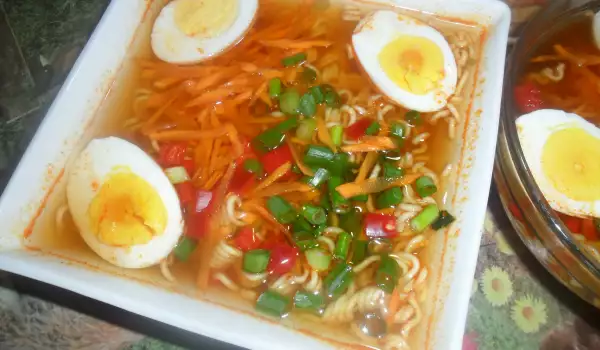
During cooking, roots, vegetables and various spices are added to almost all broths.
The sauce is a strong and salty base that flavors the broth.
The broth, like the sauce, is a chef's secret and may contain various ingredients.
Noodles are the other basic element of Ramen. They can be thick and thin, curly and wavy. They are all made of wheat, water, salt and kansui.
Ramen noodles are cooked separately in boiling water until they soften (about 5 minutes), then they are strained.
Toppings are the last must element of Ramen soup.
The toppings can be a variety of things: boiled eggs, pork, fish, nori, narutomaki, kamaboko, spring onions, spinach, corn, etc.
When all these elements are ready, the noodles are distributed in small bowls, poured with the broth and sauce. Finally the rest of the ingredients are arranged.
Ramen is traditionally eaten with chopsticks and to drink the broth, a soup so-called "Chinese spoon" is served.
Ramen soup is very popular both among the Japanese themselves and among fans of Japanese cuisine. The chefs like that there are no rules when it comes to ramen and gradually the soup is conquering the world.
If you're a fan of Japanese cuisine, try these fluffy Japanese pancakes or see how to make a Japanese omelette.
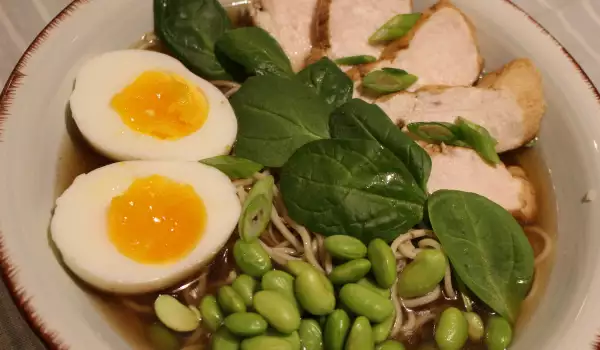


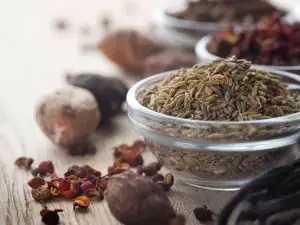
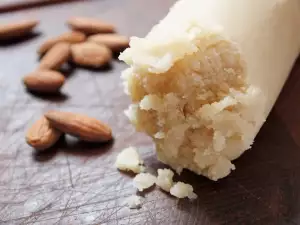

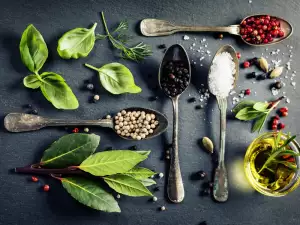

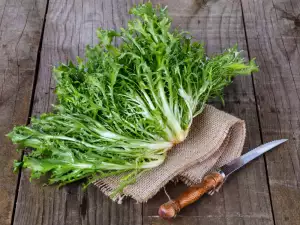
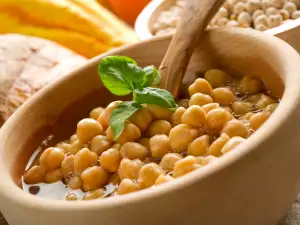

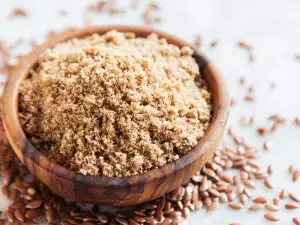



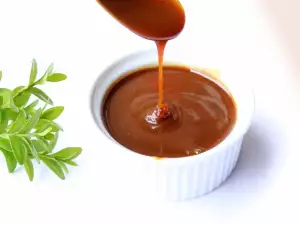




Comments